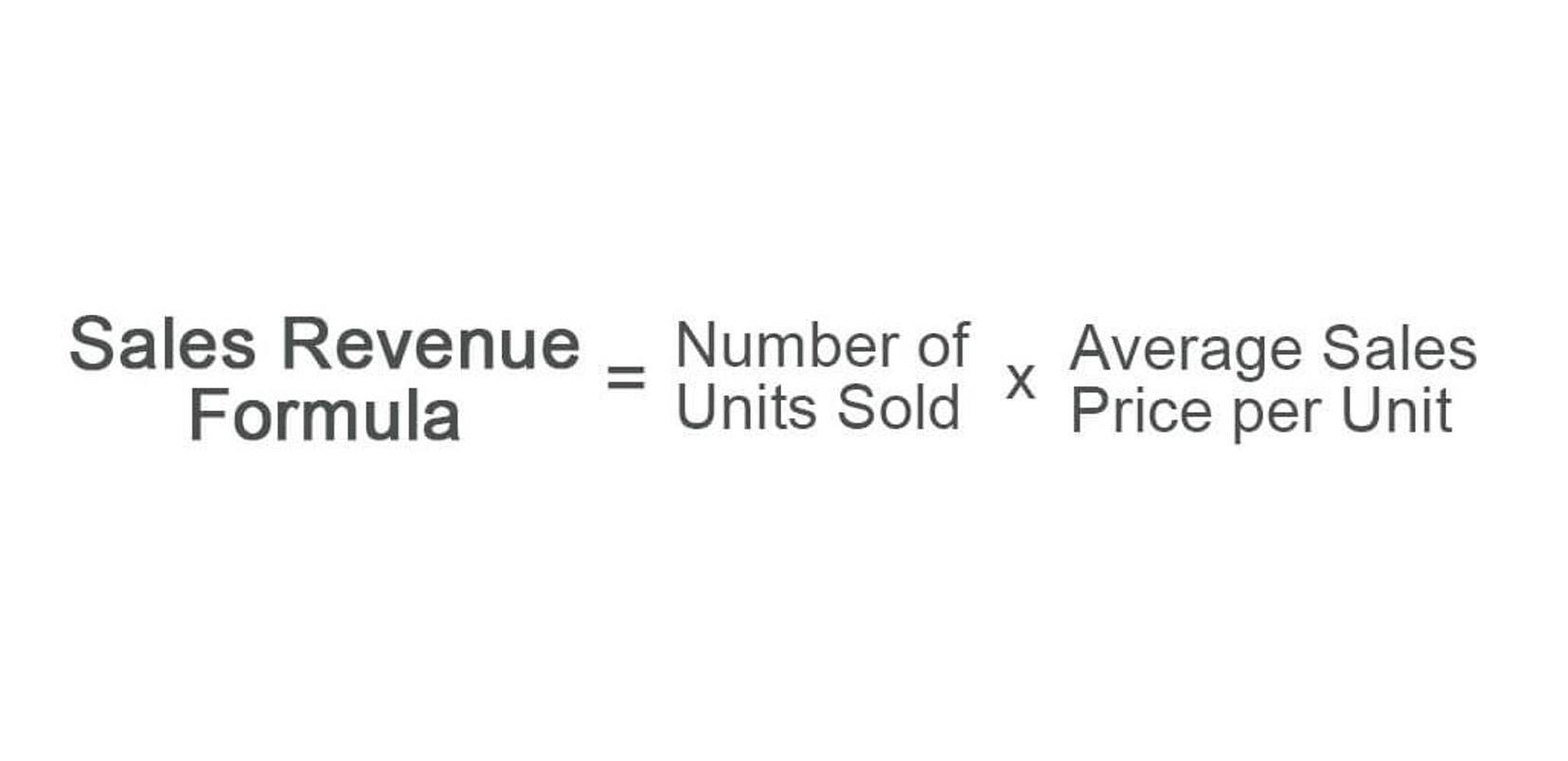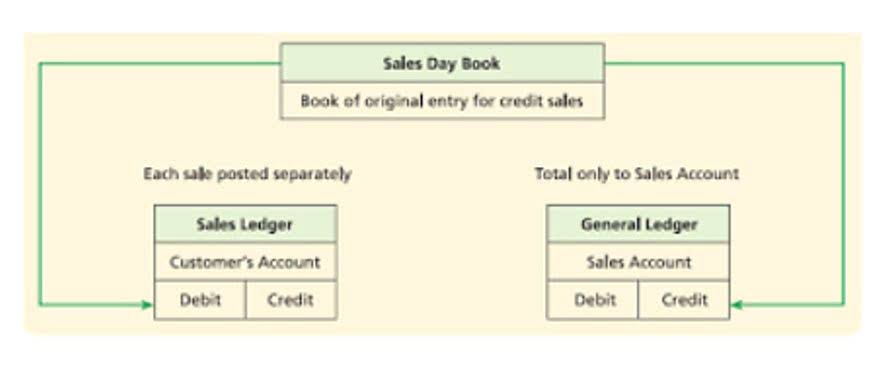
Assets, such as cash and inventory, typically have debit balances, while liabilities, like Accounts Payable, have credit balances. Assets and expenses have natural debit balances, while liabilities and revenues have natural credit balances. A normal balance is a fundamental concept in accounting that determines whether an account has a debit or credit balance. In accounting, debit and credit balances are used to record transactions and maintain the balance of accounts. Retained earnings are the accumulated profits of a company that have not been distributed as dividends to shareholders. A statement of retained earnings is a formal statement showing the items causing changes in unappropriated and appropriated retained online bookkeeping earnings during a stated period of time.
- In accounting, a credit balance is a positive amount recorded on the right side of a T-account in a general ledger.
- For a more detailed retained earnings explanation, it’s essential to understand that retained earnings grow over time as the company generates profit.
- For example, a sales account would have a normal credit balance if a business sells products or services to customers.
- We cover key topics such as the definition of retained earnings, how they appear on a balance sheet, their impact on a company’s financial statements, and how they are calculated and managed.
- Management knows that shareholders prefer receiving dividends, but they may not distribute dividends to stockholders.
- Try Wafeq, the advanced electronic accounting and invoicing system, and join the thousands of business owners who use our integrated system.
- Retained earnings show a credit balance and are recorded on the balance sheet of the company.
Key Differences Between Debit and Credit
Retained earnings offer internally generated capital to finance projects, allowing for efficient value creation by profitable companies. However, note that the above calculation is indicative of the value created with respect to the use of retained earnings only, and it does not indicate the overall value created by the company. For an analyst, the absolute figure of retained earnings during a particular quarter or year may not provide any meaningful insight. Observing it over a period of time (for example, over five years) only indicates the trend of how much money a company is adding to retained earnings.

A Beginner’s Guide to Effective WhatsApp Marketing in 2024
This balance signifies that a business has generated an aggregate profit over its life. However, the amount of the retained earnings balance could be relatively low even for a financially healthy company, since dividends are paid out from this account. Consequently, the amount of the credit balance does not necessarily indicate the relative success of a business. The figure is calculated at the end of each accounting period (monthly, quarterly, or annually). As the formula suggests, retained earnings are dependent on the corresponding figure of the previous term. The resultant number may be either positive or negative, depending on the net income or loss generated by the company over time.
- Credit balances typically represent liabilities, such as loans, credit card balances, or accounts payable.
- Many companies consider dividend payouts and plan investment strategies at year end.
- This financial stability not only reassures investors but also provides the flexibility to seize new opportunities as they arise.
- It shows a business has consistently generated profits and retained a good portion of those earnings.
- Due to the nature of double-entry accrual accounting, retained earnings do not represent surplus cash available to a company.
- When a company pays dividends to its shareholders, it reduces its retained earnings by the amount of dividends paid.
- This ratio helps investors understand how effectively a company is using its retained earnings to generate additional profits.
Retained Earnings: Everything You Need to Know for Your Small Business

This increases the share price, which may result in a capital gains tax liability when the Accounting for Technology Companies shares are disposed of. By adhering to these balances, individuals and businesses can meet accounting standards, maintain financial stability, and establish transparency with stakeholders. Positive retained earnings signify financial stability and the ability to reinvest in the company’s growth. This usually gives companies more options to fund expansions and other initiatives without relying on high-interest loans or other debt.
- This reinvestment into the company aims to achieve even more earnings in the future.
- A credit balance in Accounts Payable indicates the amount owed to vendors, which is a normal and expected scenario.
- This strategic reinvestment not only fosters growth but also mitigates risks by reducing dependency on a single revenue stream.
- Analyze the provided options to determine which accurately describes a credit balance in retained earnings.
- Where cash dividends are paid out in cash on a per-share basis, stock dividends are dividends given in the form of additional shares as fractions per existing shares.

This figure is derived from the company’s income statement, reflecting the profitability of the business over a specific period. By adding the net income to the beginning retained earnings, we get a preliminary figure that represents the potential amount available for reinvestment. Retained earnings represent a crucial aspect of a company’s financial health, reflecting the portion of net income that is reinvested in the business rather than distributed to shareholders as dividends. This metric offers insights into how effectively a company is using its profits to fuel does retained earnings have a credit balance growth and maintain stability. So, if you’re looking at a balance sheet and you see a credit balance in the Retained Earnings account, it means the company has accumulated earnings over its lifetime. A debit balance, on the other hand, would indicate that the company has accumulated net losses or has declared more dividends than its accumulated earnings.

Managerial Accounting
If a company’s retained earnings are less than zero, it is referred to as an accumulated deficit. This may be the case if the company has sustained long-term losses or if its dividends exceed its profits. Retained earnings are the cumulative net earnings or profits a company keeps after paying dividends to shareholders. Each accounting period, the revenue and expenses reported on the income statement are “closed out” to retained earnings. This allows your business to start recording income statement transactions anew for each period. Equity accounts like Common Stock and Retained Earnings also typically have credit balances, which represent the company’s ownership and earnings.
Account
Another important ratio is the debt-to-equity ratio, which compares a company’s total liabilities to its shareholders’ equity. A robust retained earnings balance can improve this ratio by bolstering equity, thereby reducing the company’s reliance on debt. This lower leverage can be particularly appealing to risk-averse investors, as it suggests a more stable financial structure.